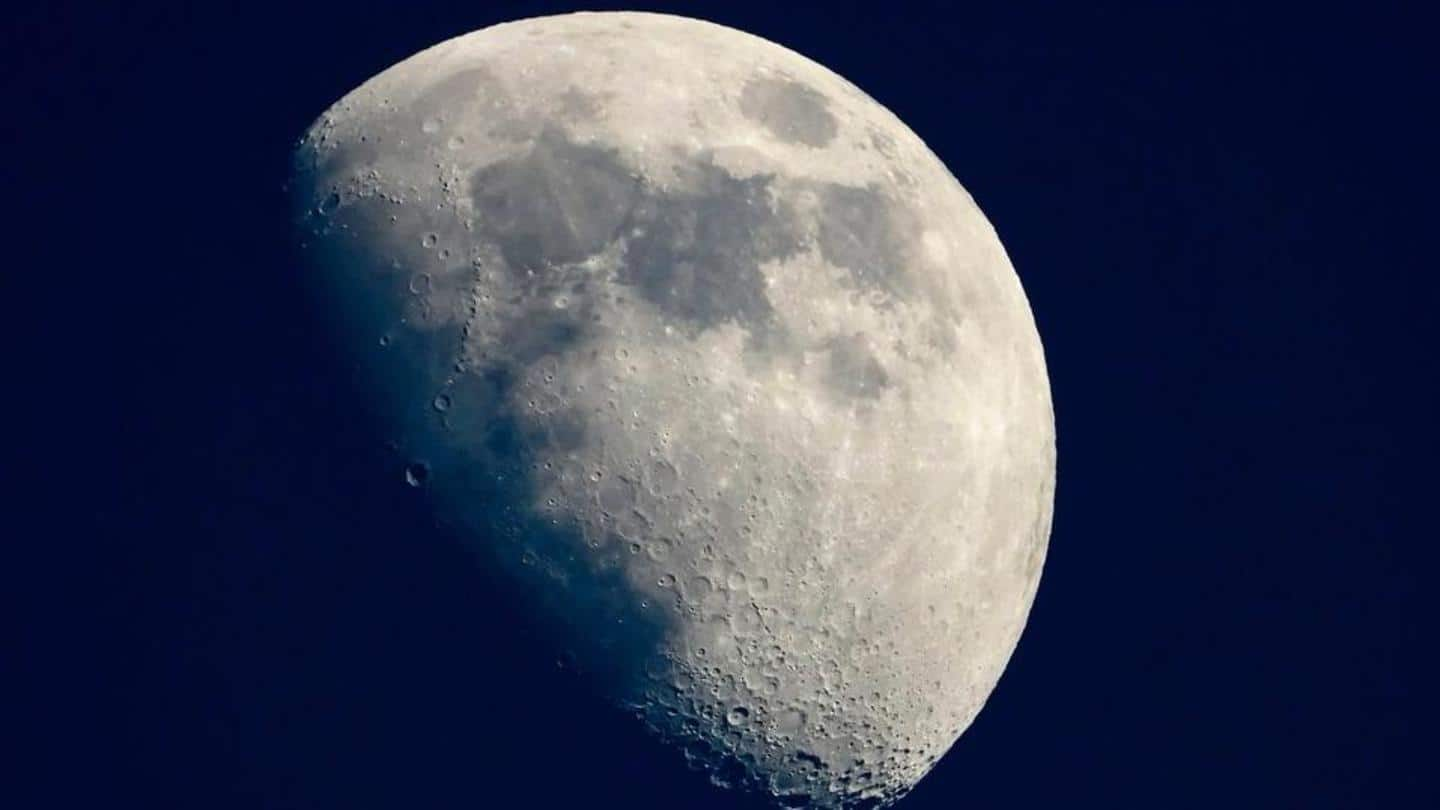
Why China's 'most-detailed Moon map' is important for lunar exploration
What's the story
China has released a map of the Moon with a scale of 1:2,500,000 and claims it to be the 'most detailed map' of the heavenly body ever.
The map has been compiled by a team of researchers who were able to highlight 90 different types of structures on it.
It provides lots of information about the Moon's geology and evolution.
Context
Why does this story matter?
The new lunar map is tipped to contribute to research, exploration, as well as the selection of landing sites. Researchers believe that this mapping project will serve as the foundation for mapping other planets.
This endeavor by China is also indicative of its growing technological prowess, and the beginning of a new space race with the US.
Collaborators
Who were involved in making the map?
The lunar map has been created by the Institute of Geochemistry of the Chinese Academy of Sciences, in collaboration with Shandong University, China University of Geosciences, and the Chinese Academy of Geological Science.
The study was led by Ouyang Ziyuan and Liu Jianzhong and they noted that the previous techniques used to map the Moon were not as detailed and accurate.
Reason
Why was the mapping required?
Before China, the United States Geological Survey (USGS) also compiled a map of the Moon.
The organization joined seven atlases of specific lunar regions, at scales varying between 1:5,000,000 to 1:5000.
However, these maps were incompatible with each other as they were completed by various groups in different periods of time. This often led to confusion and misunderstanding.
Process
How was the satellite mapped?
The Chinese researchers divided the Moon into 30 quadrangles, which were mapped individually using the same standard. Later, they were stitched together, creating a global map.
The team found 90 different types of structures on the satellite's surface and they were color-coded.
The map includes information about 12,341 impact craters, 1,265 central peak units, 81 impact basins, and 17 rock types.
Information
Researchers found 14 types of geologic structures
The researchers managed to map 14 types of geologic structures, which were classified into two groups depending on two shapes: linear and circular.
While 364 circular structures were found, there were also 16,839 linear ones.
The geologic map has been compiled in Chinese as well as English and will be published in digital formats as well as hard copies.